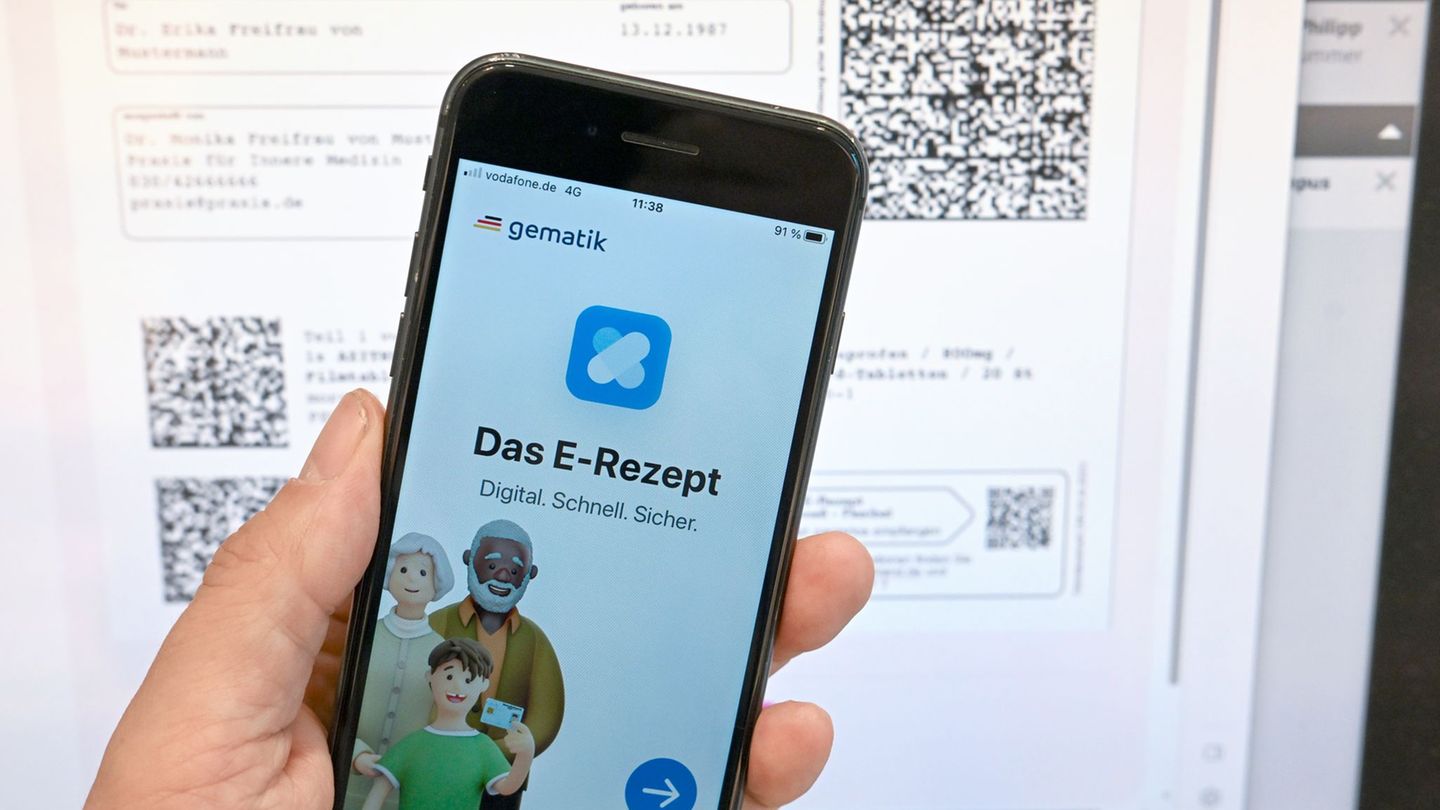For a long time, Apple seemed to stay completely out of the current AI race and let competitors like Google take the lead. At the keynote speech at the WWDC developer conference on Monday, Apple CEO Tim Cook left no doubt that the AI offensive will now also begin with hardware from Cupertino. An overview of the new AI functions and the innovations in macOS, iPadOS, iOS and watchOS.
Apple has chosen a name for its current efforts in the field of artificial intelligence: Apple Intelligence. The company understands this to mean all AI functions that are to be introduced in the coming months. The majority of these are intended to work both across platforms and across multiple apps.
Software boss Craig Federighi gave an example of this at WWDC: A work appointment is to be postponed and he would like to know whether he would still be able to make it to his daughter’s theater performance. To answer this question, the software must know, among other things, where the postponed appointment and the performance are – and calculate the travel time based on the traffic.
This is all information that could be found scattered across an iPhone in various apps: calendar, text messages, email, maps. Apple’s AI model would have access to this across all systems – and should also be able to classify the data correctly. Some AI features are already known from the competition. For example, the Mail app can create a short summary of the message text or the ability to edit photos afterwards.
Siri is getting smarter
Apple Intelligence should also have a positive effect on Siri. Apple’s voice assistant should be able to better understand the context of a request and carry out a variety of new actions within different apps. Users should also be able to switch between text and voice input. Siri will also have a direct connection to ChatGPT in the future.
To allay data protection concerns about such requests, Apple emphasized that the majority of the data required for AI functions is processed locally on the respective device rather than in the cloud. Only if the computing effort becomes too great is the request processed on a server. Apple developed a process with complete encryption for this and promises that no data will remain on the servers after processing.
Because the devices have to be powerful enough to process the requests, at least one of the future iPhones or at least an iPhone 15 Pro from last fall is required. Theoretically, the AI models could also run on older technology – but they would be too slow to be useful.
There is more scope for Mac computers: any of Apple’s own M-series chips, which Apple has been using to replace Intel processors since 2020, will do. The functions will also run on iPads with M-chip systems. In addition to the chips, RAM storage capacity also plays a role, said Federighi.
“}”>
Image: Apple
Source: Nachrichten




